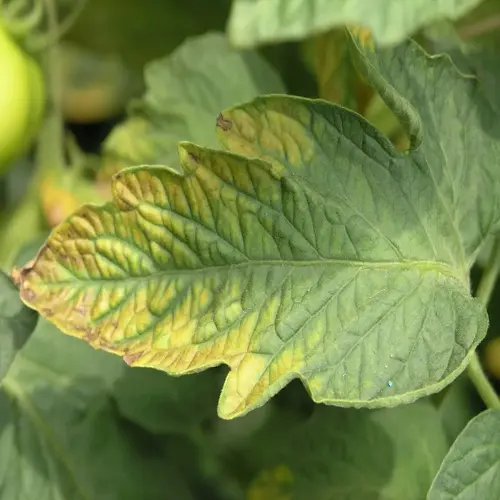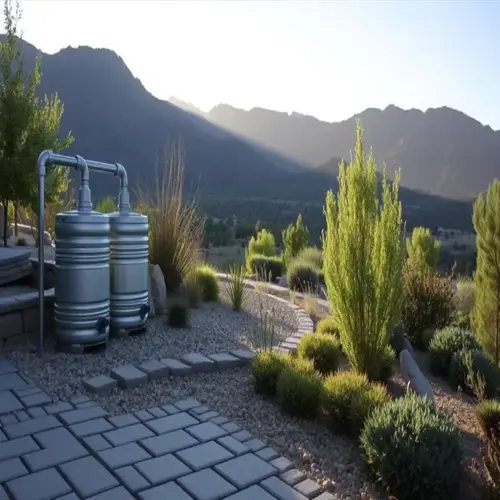What happens with insufficient rose fertilization?

Written by
Michael Sullivan
Reviewed by
Prof. Samuel Fitzgerald, Ph.D.Under-fertilized roses exhibit classic signs of distress. Look for stunted growth, pale yellow leaves, and a blooming rate declining far below the expectations for the variety. When vigorous roses become weak and under-fertilized, they become a free-for-all for pests whose weakened cell walls attract pest populations. I saved my garden when I noticed these signs early.
Nutrient deficiency causes a chain reaction. Photosynthesis decreases, limiting energy production. Weak stems cannot hold the blooms. Roots shrink, compromising water uptake. To recover, start with half-strength balanced fertilizer every two weeks. Never shock a plant with maximum-strength fertilizer right away.
Visual Indicators
- Uniform yellowing starting on older leaves
- Leaf veins remain green while tissue pales
- Smaller than normal blooms with poor color
- Reduced thorn development on new canes
Recovery Protocol
- Apply 5-5-5 fertilizer at 50% strength biweekly
- Foliar feed with kelp solution for quick uptake
- Increase watering to support nutrient absorption
- Add mycorrhizal fungi to rebuild root networks
Geographic soil differences necessitate special considerations. For example, sandy soils leach nutrients the fastest and need quarterly feeding schedules. Clayey soils retain minerals for a longer period, but require pH management. My Arizona garden requires monthly supplementation, while Michigan stucco does well on a seasonal schedule.
Prevention is better than recovery. Keep feeding logs documenting the response of the plants. Determine baseline growth rates for each variety. Put slow-release organic matter in each year. Healthy roses will naturally resist diseases and insects. My prevention protocol saved 20+ bushes last year.
Rehabilitation durations depend on your level of damage. Mild cases typically recover within 2 to 4 weeks. Severe deficiencies could take 3-6 months to heal. Please exercise patience and consistency. Examine the foliage weekly to determine if new growth is occurring. Dark green foliage and firm stems indicate success in rehabilitation.
Read the full article: When to Fertilize Roses: Complete Guide

